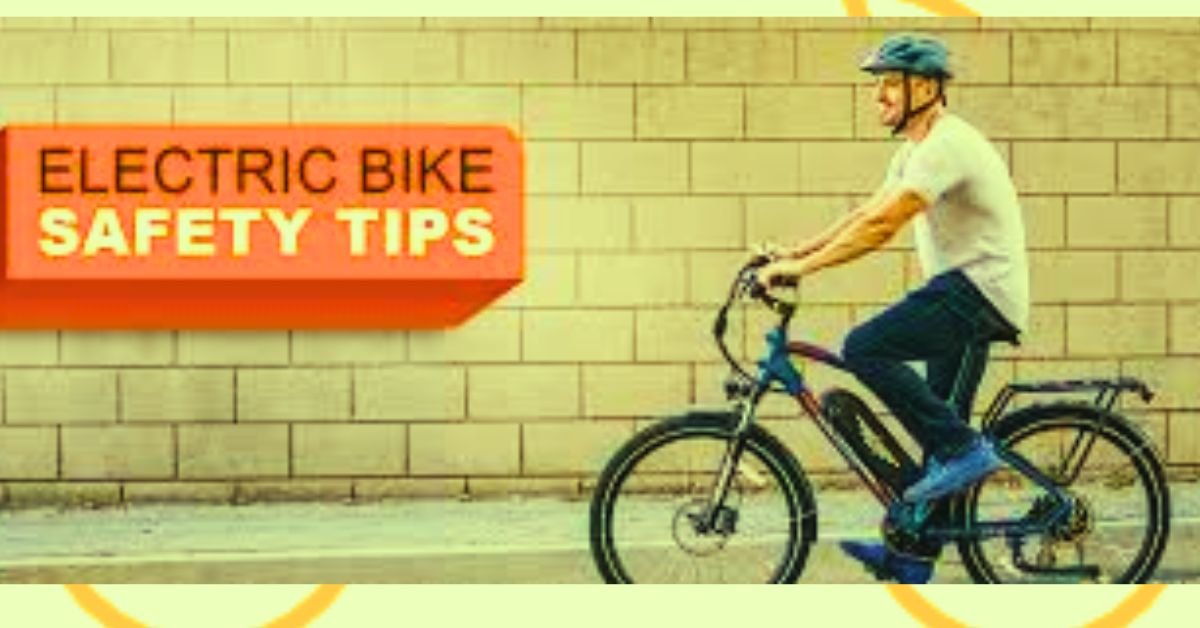Electric bikes (e-bikes) have gained immense popularity in recent years as an eco-friendly, efficient, and convenient mode of transportation. One of the most crucial aspects of an e-bike’s performance is its power system, which is typically characterized by two key metrics: torque and speed. These two elements play a significant role in how an e-bike performs under various conditions, such as acceleration, hill-climbing, and overall rider experience. In this article, we will explore the differences between torque and speed, their effects on e-bike performance, and how understanding these metrics can help you make an informed decision when choosing an e-bike.
What Is Torque in E-Bikes?
Torque is the rotational force generated by the motor of an e-bike. It is usually measured in Newton-meters (Nm) and represents the force that turns the wheels. The higher the torque, the more power the motor can apply to the wheels, which translates into better acceleration, the ability to climb hills, and a more responsive riding experience.
Torque plays a critical role in the starting ability of an e-bike, especially when dealing with inclines or starting from a standstill. A higher torque output will allow the e-bike to quickly overcome inertia and accelerate faster, even when the rider is on a steep incline.
For example, an e-bike with a motor that produces 80 Nm of torque will have better hill-climbing ability than a motor producing only 50 Nm. This makes high-torque motors a preferred choice for riders who live in hilly areas or need assistance while carrying heavy loads.
What Is Speed in E-Bikes?
On the other hand, speed refers to how fast the e-bike can travel over flat terrain. Speed is typically measured in kilometers per hour (km/h) or miles per hour (mph). While torque impacts how quickly an e-bike can accelerate, speed determines the top cruising velocity.
E-bikes are usually limited by local regulations to a maximum speed of 28 mph (45 km/h) in most regions. However, the actual top speed of the bike depends on the motor’s power output and the gearing system. E-bike speed is typically governed by factors such as the motor’s maximum power and the rider’s input (pedaling). Riders seeking high-speed performance often opt for e-bikes equipped with powerful motors that support fast cruising on flat roads.
Torque vs. Speed: How They Work Together
While torque and speed are distinct metrics, they often work together to shape the overall riding experience. Both torque and speed are essential, but their significance varies depending on the rider’s needs.
- Torque for Low-Speed Power: If you are looking for better acceleration and climbing ability at lower speeds, torque becomes a crucial factor. High-torque motors are especially beneficial for off-road riders or those who frequently ride on challenging terrain. Torque is vital for immediate response and ensuring that the bike moves quickly when you start pedaling or when you encounter an incline.
- Speed for High-Speed Travel: If you prioritize long-distance travel on flat surfaces or prefer faster cruising speeds, then speed becomes more important. Speed-oriented motors, often with a high-power output, ensure that you can reach and maintain high velocities effortlessly on open roads.
Understanding how torque and speed affect your riding style will help you decide which metrics matter more for your needs. For example, if you plan to use your e-bike for commuting on flat roads, speed might be your primary consideration. However, if you plan to tackle hilly terrain or need assistance with heavier loads, a high-torque motor would be a better fit.
Balancing Torque and Speed
While torque and speed are often treated as two separate features, e-bike designers aim to strike a balance between both to create a smooth and efficient riding experience. High torque with low speed may feel powerful but slow, while high speed with low torque may feel fast but unresponsive, especially when climbing hills. Most e-bike motors are designed to provide a combination of both metrics that suits general riders.
For riders seeking versatility, mid-range torque motors combined with moderate speed often provide the best of both worlds. This setup offers a smooth, efficient ride in various conditions—whether you’re cruising along flat streets or tackling light inclines.
How to Choose Between Torque and Speed
Choosing the right balance between torque and speed depends largely on your riding habits and terrain. Here are a few considerations that may help guide your decision:
- Terrain: If you often ride in hilly areas, higher torque will be essential for climbing steep inclines without struggling. For flat, long-distance riding, speed might be more important.
- Commuting vs. Recreation: Commuters might prefer moderate torque with a good balance of speed, while recreational riders or mountain bikers may prioritize torque for handling rugged terrains.
- Rider Weight: Heavier riders or those carrying loads will benefit from higher torque as it provides the extra power needed to move efficiently and comfortably.
- Legal Restrictions: In some regions, the maximum speed of an e-bike is regulated, so you may want to prioritize torque to optimize power delivery within these limits.
Conclusion
When it comes to e-bike performance, understanding the relationship between torque and speed is crucial. Both are essential for different reasons—torque offers power and control, while speed determines how fast you can travel. Choosing the right combination of these metrics will depend on your riding needs, terrain, and desired performance. By understanding how each factor affects your e-bike’s ride quality, you can make an informed decision and select a model that best suits your personal preferences. Whether you need the muscle for hill-climbing or the thrill of high-speed cruising, the ideal e-bike is one that balances both torque and speed to deliver a smooth and enjoyable ride.


